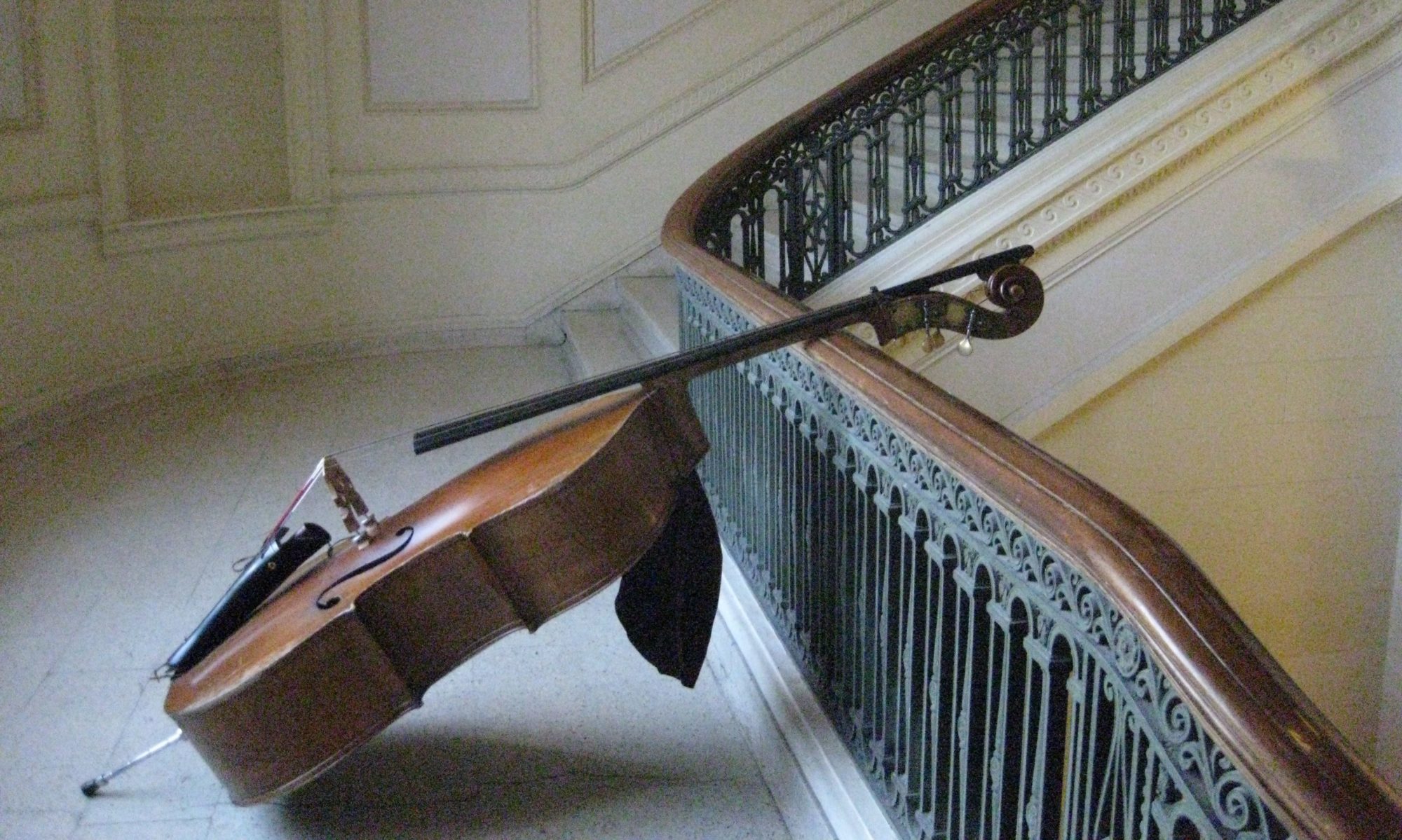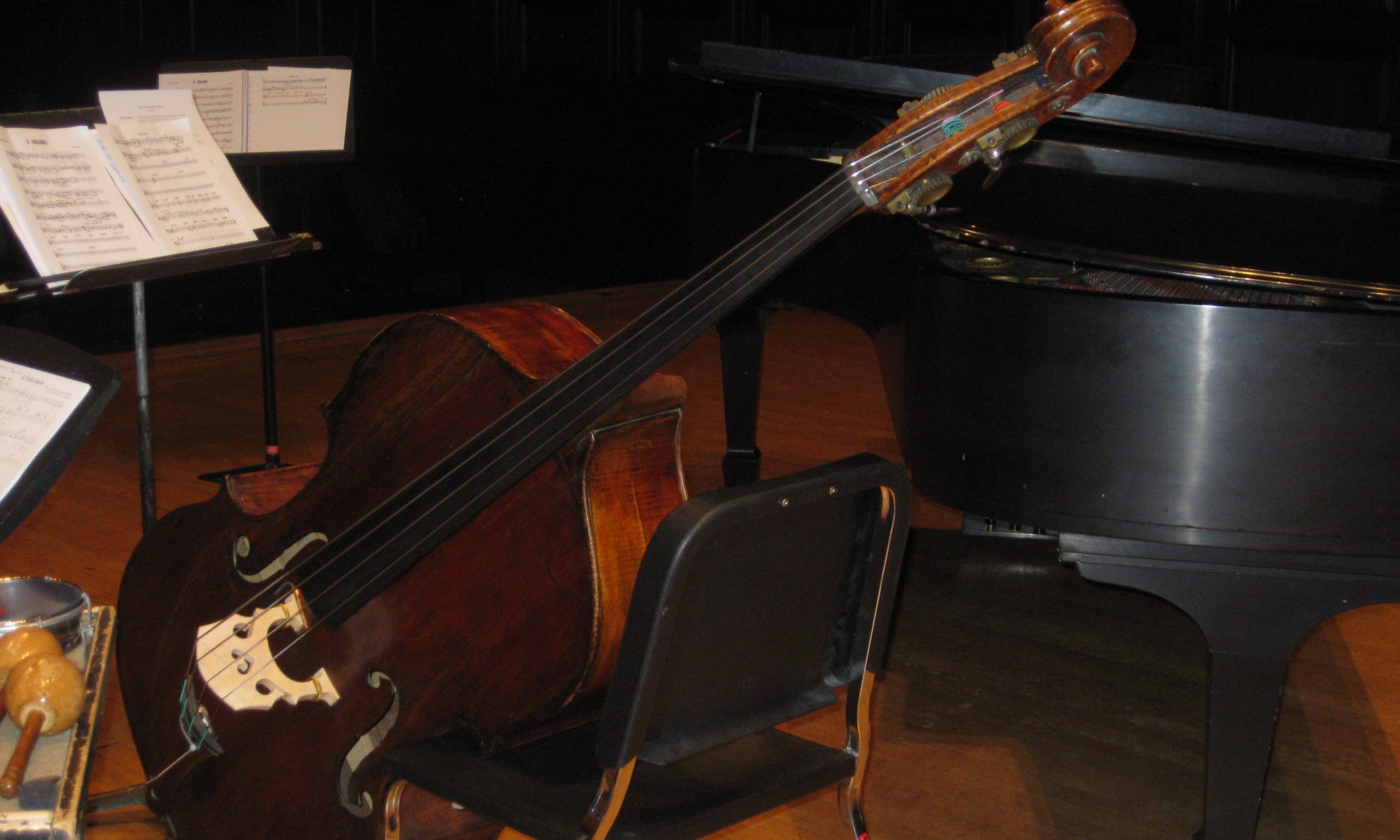A very talented high school student I know recently asked:
Hey Mr. Gray hope you’re well. I’m writing because I’m curious about some practice methods I might not be aware of to enhance my sense of time and to give me a steadier beat and pulse. Do you have any suggestions/tips?Here’s my rather long answer, which I hope you enjoy.
Dear ………. thanks for your great question. It’s a very key topic. There are a lot of factors to consider, so I”ll throw down a lot here, especially some conceptual points I think are quite essential.I don’t know what methods you are aware of so I’ll just give you all I can think of.First of all it’s important to note that good time is actually natural to most of us, though it’s more commonly seen and experienced in speech than in music. And I’ve heard you play enough to have an opinion that you have a very good sense of time, really strong bass playing at an early age. We all go through various phases in our development and there are all kinds of factors going on, so the following outline hopes to break it down. Time does come out of musical style, so when one identifies with a particular musician or group they will form a concept that is related to what they listen to and admire. Thus, other styles may feel foreign, as we might expect. So, if I listen to a lot of Coltrane’s 60s group with Elvin et al, be-bop will sound and feel a little different. Of course, nowadays we’re listening to a ton of different styles, but it’s also inevitable that one will have preferences and I think it can help clarify why things sometimes don’t feel right. For the jazz bassist, it’s important to hear the early sounds like the Basie and Ellington bands, the be-bop style, and various post bop styles, especially the Coltrane and Miles groups among others as well as more modern developments. There’s a wide range of time feelings right there and so we want to strive to really understand and resonate with each. For example, Ron Carter and Ray Brown are two essential figures all bassists need to know and I would say they are quite different, especially in terms of time feel. Through in Jimmy Garrison, Paul Chambers, Scott LaFaro, Reggie Workman, Oscar Pettiford, Jimmy Blanton, Gary Peacock, Charles Mingus, Richard Davis, Dave Holland, Sam Jones, and so forth. and it’s just all over the placeOne primary element of bass playing is the physical aspect of the sound production, which I may have mentioned to you. Because playing bass involves pulling the string as a preparatory act to the note/beat, there is a tendency for the notes to come late, exacerbated by the low frequencies of the notes. Many bassists, including myself, will tend to overcompensate for that at first and may tend to rush. Thus it’s really important to play scales, etudes, etc. pizzicato too to develop a concept of when a note really starts which, like I state/imply above, is when the string is released after the preparatory pulling. Learning to have control over the front and back end of each note is kind of the DNA of your whole sound.Playing bass in a jazz group is a multilayered kind of experience. I like to say that the bassist must combine strength and flexibility. By this, I mean that we have to connect with the drummer and the rest of the band, not be in our own zone, but at the same time be strong to give each person in the band the freedom to play whatever they hear. Hearing in a jazz group is a kind of aural multitasking. There’s a hierarchy in the jazz group and bass, along with the drums has the primary job of creating the timeline/pulse that is the foundation for everything else, which includes the focal activity, typically the melody/head and solos and also the interactive activity, including comping and call and response. Now all the musicians produce time, but it’s important to realize, as I”m very sure you do, that the timeline instruments, have the function in general, of maintaining the general pulse, whereas the soloists is free to do anything ranging from totally ignoring the timeline, to rushing, dragging, or honoring it. In fact, where the soloist put his/her time is a key element to their sound.So, each bass/drum team finds their own collective solution to this situation. When I play with any drummer I am not just listening to my part or just theirs, but I’m really listening to the composite sound of the timeline pulse which we create. This means that what I am doing will be a little different with different drummers because I have a concept of not just how I would/should sound but how we sound. This is also informed by the style and by the rest of the band.That’s a lot of info right there, but I felt it needed to be said because just diving in and talking about metronomes or other specifics is incomplete. Overall my conception with time is that we need to create time/ a pulse and then align that pulse with the drummer and the other instruments. Essentially it comes down to being able to quickly find your own groove and align/center that with the music. We need to have at least some awareness that there is a myriad of partnerships of bassists with drummers, so working with recordings, listening, playing and transcribing will help greatly with developing one’s time and an awareness of how it works in context. It comes down to learning how to hear the band and not be distracted/deterred by it. Sometimes I use the physics of bass sound production to help with where my time is placed. If I feel like the drummer is really pushing ahead, I need to be careful about going that far up there. If I allow the string the take longer to get to the sounding point, this will slow down my tempo even though I’m feeling it a little faster than it’s now coming out. In another situation, I’d do the opposite and get to the sounding point much more quickly to pull the drummer along more. It can be dangerous, so you have to listen hard and keep your eyes and ears open to notice any effects on the drummer and the band.Be sure to practice rhythm away from the instrument. Be able to tap/sing be-bop heads, especially Charlie Parker, while patting your foot or maybe your other hand in various ostinatos, including quarters, half notes, backbeats and also one per bar, not just on one but on any beat. These kinds of activities will ensure that you’re creating the time. You can also use the metronome, what we might call an external ostinato. Clave practice is another excellent way to develop this sort of control and flexibility. Then, when you play the bass you can practice with various ostinati with your foot/feet. For example, the great bassist Andy Gonzalez mentioned being able to play anything while patting clave with his feet. Experiment a lot with patting your foot and not patting. Also, experiment with singing everything you play. The research seems to show that all humans have a better time with speech naturally. Another idea is metronomes that randomly rest, testing the consistency of your time especially during the dropout periods. Nor a bad idea, and one you could easily do in a sequencer or DAW. Overall the goal is to create a groove and then to align that with others and not be deterred by changes in the music, such as density, volume range, off beats and so forth. Speaking of DAWs, you could try recording your bass with a metronome or drum track or even a recording to analyze your tendencies. Overall, I”m sure you have an excellent sense of where you’re putting the beat. It’s also good to play electric bass because of the different styles you’ll encounter and also for the feel. Than you have a better viewpoint to play some of that on the double bass.Playing in odd times will help your time too, so play in 3/4 and then 5/4 7/4 and then 7/8 and 5/8 and so on. I’m sure I don’t have to tell you there’s a lot of that out there nowadays.That’s a long read, eh!I’m going to put this on my blog, it’s a great question, so thanks for posting it. Again I think your time is very good, but it’s very important to constantly monitor it and to keep building. The study of rhythm is for all time. Ultimately, the goal is not to acquire some super human machine like precision, that’s the wrong track, though there’s no harm and plenty of benefit to studying those kind of details. The idea is to make the music feel really, really good!Hope that helps, all the best!

